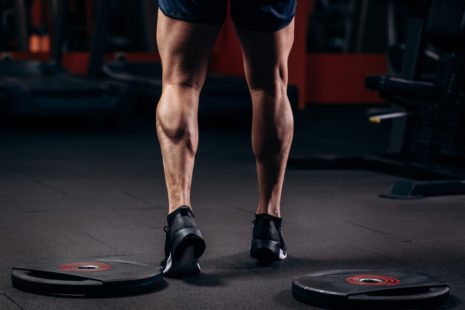Knee pain can be caused by various factors, including injuries, overuse, underlying medical conditions, or biomechanical issues. Without specific details about your situation, it’s challenging to pinpoint the exact cause of your knee pain.
Here are some common reasons why your knee might hurt…
- Injuries – Knee injuries such as ligament sprains (e.g., ACL, MCL), meniscus tears, tendonitis, or patellar dislocation can cause significant pain. These injuries often result from sudden twists, impacts, or overuse during physical activities.
- Overuse – Repetitive movements or excessive strain on the knee joint, commonly seen in activities like running, jumping, or cycling, can lead to overuse injuries such as patellar tendonitis or iliotibial band syndrome, causing pain and inflammation.
- Arthritis – Osteoarthritis, rheumatoid arthritis, or other inflammatory joint conditions can cause chronic knee pain, stiffness, and swelling, especially as people age. These conditions result in the gradual breakdown of cartilage and inflammation within the joint.
- Biomechanical Issues – Poor alignment of the knee joint, muscle imbalances, or issues with foot mechanics (e.g., overpronation) can place excessive stress on the knee, leading to pain and discomfort during movement.
- Bursitis – Inflammation of the bursae (fluid-filled sacs) around the knee joint, often due to repetitive kneeling or direct trauma, can cause pain, swelling, and tenderness.
- Meniscal Tears – Tears in the meniscus, the cartilage cushioning the knee joint, can occur due to sudden twisting movements or degenerative changes over time, resulting in pain, swelling, and locking or clicking sensations.
- Patellofemoral Pain Syndrome (PFPS) – Also known as a runner’s knee, PFPS involves pain around or behind the kneecap, often aggravated by activities such as running, squatting, or climbing stairs. It may result from factors like muscle weakness, tightness, or improper tracking of the patella within the femoral groove.
If you’re experiencing persistent or severe knee pain, it’s necessary to consult with a healthcare professional, such as a doctor or physical therapist, for a proper diagnosis and treatment plan. They can conduct a thorough evaluation, recommend appropriate tests (e.g., imaging studies), and provide personalized interventions, such as rest, physical therapy, medication, or in some cases, surgical intervention, to address the underlying cause of your knee pain.




